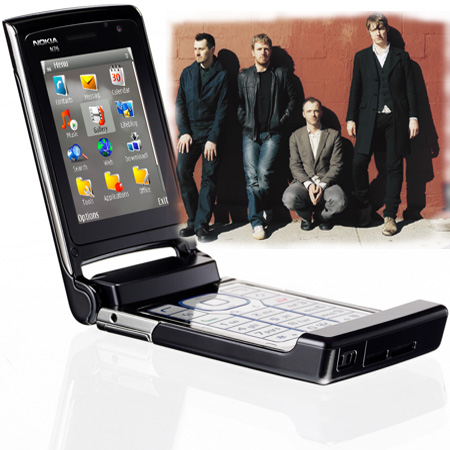 In today’s world, many things are uncertain; how your company will fair after a disaster occurs does not have to be. The numbers are in and the research has been conducted. Over 90% of businesses that lose their data for ten days or more end up filing for bankruptcy within the subsequent year. Initial response to that statement is, “It will not happen to us.” Yet, the research contradicts that because 20% of small to midsized business will encounter some sort of disaster, every five years, which causes data loss. This can be anything from a fire or a flood, to a power outage or a leaking pipe or air-conditioning duct that drips on to your servers, to a glitch in your software that causes your servers to malfunction.
In today’s world, many things are uncertain; how your company will fair after a disaster occurs does not have to be. The numbers are in and the research has been conducted. Over 90% of businesses that lose their data for ten days or more end up filing for bankruptcy within the subsequent year. Initial response to that statement is, “It will not happen to us.” Yet, the research contradicts that because 20% of small to midsized business will encounter some sort of disaster, every five years, which causes data loss. This can be anything from a fire or a flood, to a power outage or a leaking pipe or air-conditioning duct that drips on to your servers, to a glitch in your software that causes your servers to malfunction.
So now the question becomes, what is the best way to ensure that our data is being properly backed up, and is it easily accessible to the organization in an emergency? Currently, the common practice is to backup servers and other important information to tapes. Then, the tapes are taken to an off-site location and stored. (Hopefully at a minimum you are at least doing this. If not, you are putting your entire organization at risk.) Every organization that does this has its own processes put in place and a schedule for backups that meet their business needs, but the overall goal is the same: making sure you are prepared for all issues that may occur.
Today, a new and improved way of data backup is becoming the norm: Remote Backups. It allows an organization to schedule their backups to take place just like they would with a tape backup system; however, the major difference is that there is no tape. This means there is no tape to be shipped off site or shipped back after the new tape is sent out. Instead, the data is backed up directly to a server in a remote location.
Remote backups offer many of the same features as tape backups, at a fraction of the cost, because tape drives and tapes no longer have to be purchased or setup. Plus you don’t have to worry if your off-site storage is safe enough. Most online backup solutions offer backups in different locations. So if you have a backup on the east coast and a backup on the west – the likelihood of anything happening to your data is slim to none. In the situation of a massive flood, those who take their tapes off-site a mile or so away, still wind up being ruined.
In addition to added security and the cost benefits, if your company still has internet access after the server goes down or the information is lost, the data can be instantly downloaded from the remote site and loaded on to that server or another backup server. In a case where there is an internet outage, just like you would with a tape, the information can be burned on to a DVD and shipped overnight to your local site. This is a huge bonus considering that with the tapes, you would have to wait for them to be mailed no matter what the circumstance. Having the ability to possibly decrease your downtime by a full day or more is extremely significant and could possibly be the factor that allows you to stay open.
If you aren’t backing up you should. If you haven’t thought about remote backup, you might want to look into it for the added security, cost savings, and its reliability.
